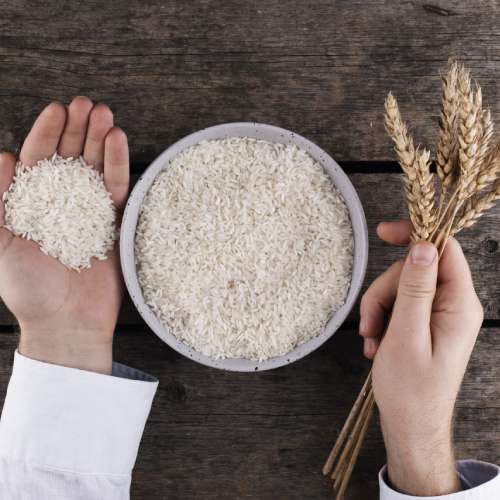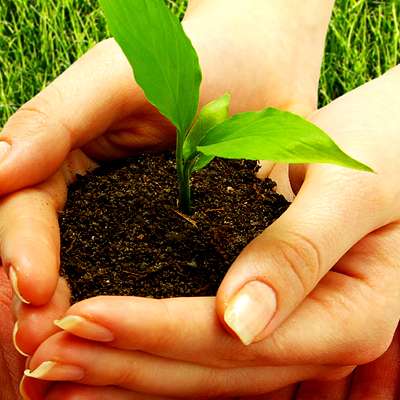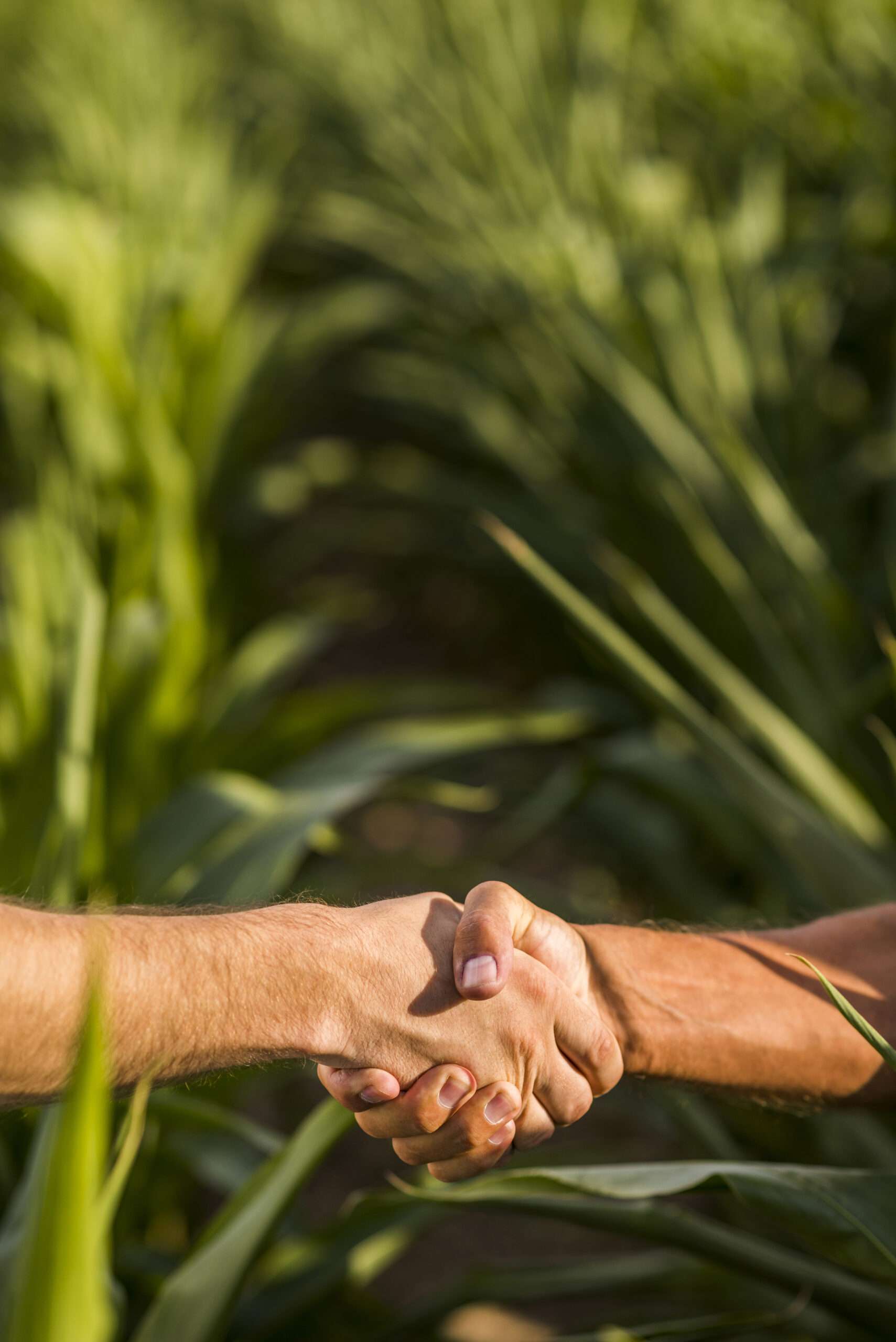Why is rice so popular as a food?
It is easy to cook, easy to store, and most importantly, it is inexpensive and filling. It is very digestible, making it ideal for babies and sick people who find it hard to eat very much.
What nutrients can you get by eating rice?
Rice is high in complex carbohydrates, contains almost no fat, is cholesterol free, and is low in sodium. It is a good source of vitamins and minerals such as thiamine, niacin, iron, riboflavin, vitamin D, calcium, and fiber. It is a fair source of protein containing all eight amino acids.
Who eats rice? How do these figures break down by region?
Most rice is eaten in the countries where it is grown. About 90% of the world crop is entirely eaten in Asia
- Asia (416,459,000 t)
- Latin America ( 17,188,000 t)
- Africa ( 15,741,000 t)
- Europe ( 2,550,000 t)
- USA ( 2,704,000 t)
- Australia ( 215,000 t)
- Rest of the world ( 636,000 t)
- World total (457,45 1,000 t)
Why is there more rice in Asia than in other parts of the world?
Asians give priority to rice production because it is their staple food, so they must have a reliable supply as a matter of food security.
Is there enough rice?
Since population expansion is not yet under control, the demand to grow more rice is great. Research will have to find ways to grow more rice on less land and with less water and with fewer chemical inputs.
Is rice eaten at every meal?
Where rice is the main item of the diet, it is frequently the basic ingredient of every meal. Asians cannot go without eating rice even for a single day. Some prefer to eat rice three times a day.
Do people ever get bored eating the same thing all the time?
No. Because for some people, especially Asians, rice is not only considered as the staple food, it is also their way of life. No other staple food could be compared to rice in terms of flavor, texture, and general satisfaction. Plus, it is inexpensive.
Now that there are pizza and hamburger fast-food restaurants almost everywhere, are people eating less rice than before?
No. Some people still eat it three times a day. They consider eating hamburgers and pizzas as snacks or in between meals.
What are the different ways rice can be served?
The way rice is served depends on the cook and the individual preferences of the rice eaters. Geography, agriculture, tradition, folklore, history, and even philosophy, all influence the way a person chooses to cook and eat rice. Rice is so versatile and easy to cook: you can steam it, boil it, bake it, and microwave it. You will find rice as an appetizer, a soup, a main meal, as a side dish, accompaniment, or as a dessert.
How is rice normally cooked?
Normally, rice is cooked by simply boiling it in water. Methods of cooking rice, however, vary not only with the different types of rice but with the preferences of the cook and the individual rice eaters. For example, in Japan, plain, sticky rice is eaten at every meal; in India, rice is cooked dry and separate and is mixed with fat, nuts, and spices; in South America, rice is cooked dry and often topped with a spicy, saucy mix of red beans.
Is it true that rice can be made into a drink?
Yes. Japanese made wine out of rice, called sake. In China, wang-tsiu, a winelike beverage made from rice, is widely consumed. In United States, a tenth of the seven million tons of rice grown goes into beer. The rice is ground up and boiled, and put into mash tanks along with barley malt.
Why is rice added in beer-making?
It is a significant element that gives beer a lighter color and a refreshing taste. (This is the case with Budweiser beer.)
Is it possible to buy a book of rice recipes?
Of course! There are hundreds of rice cookbooks available.
Why is there a need to dry the paddy or rough rice?
Paddy coming from the field usually has a moisture content of between 20 to 24%. It should be dried to at least 14% as soon as possible to prevent deterioration. For longer storage it should be dried to at least 12.5 to 13%.














